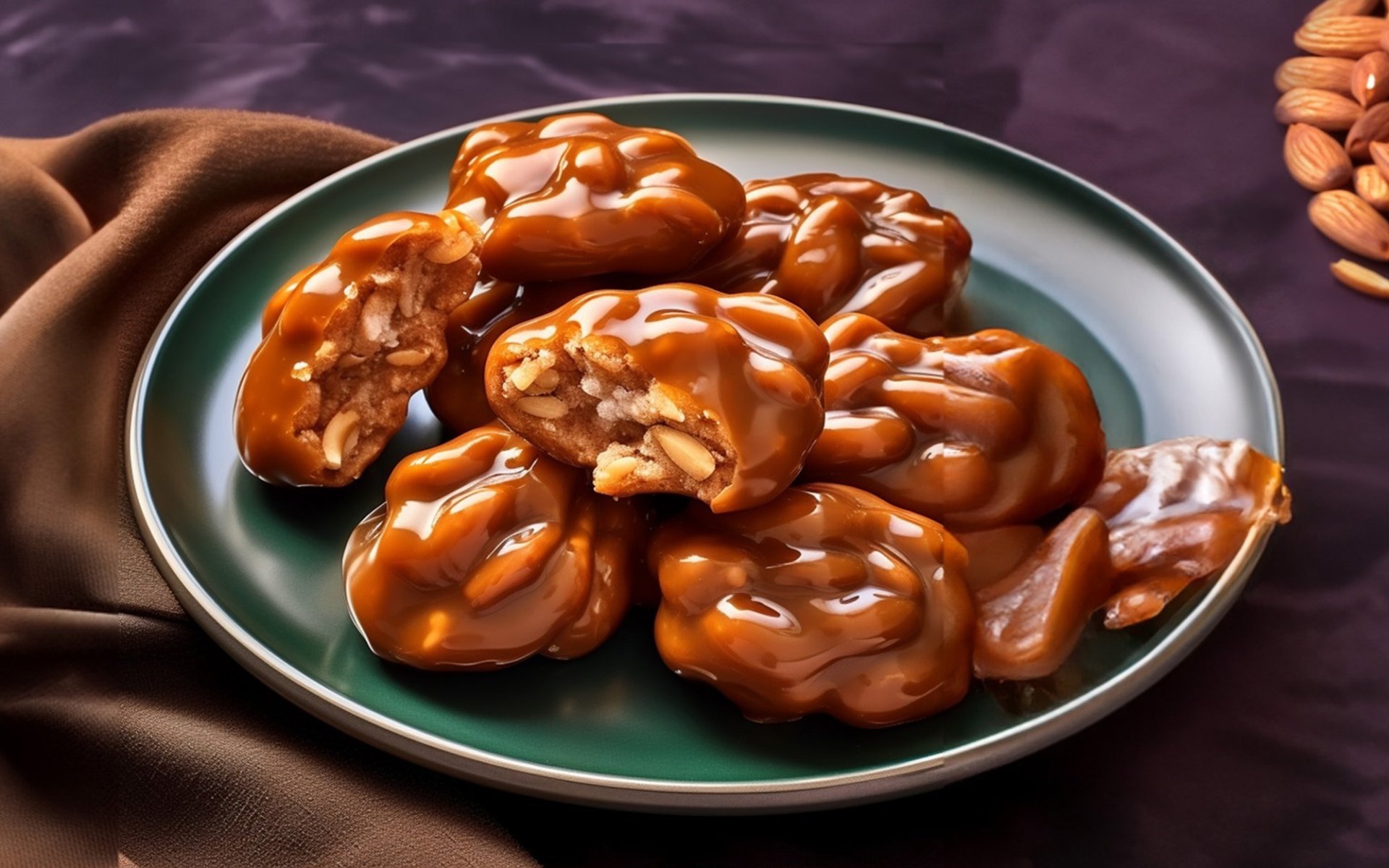Pralines

France is home to countless renowned desserts that have transcended cultural boundaries, becoming globally recognized sweet treats. Among these classic French confections, "Pralines" stand out as a dessert that is both simple yet steeped in a long and fascinating history.
The Origin of Pralines: From French Courts to Crispy Sweetness
The story of pralines dates back to the 17th century in France, during the reign of King Louis XIV. It is said that the concept for this confection came from Marshal du Plessis-Praslin, a French diplomat with a profound love for sweets. He reportedly shared his idea with his private chef, instructing him to create a treat by combining almonds with caramelized sugar. This collaboration resulted in the sweet, crunchy, caramelized almond confection we now know as praline.
In France, this confection is referred to as "Pralinés," named after the diplomat who inspired its creation. Over time, pralines gained immense popularity across France, particularly in the town of Montargis, a favored residence of the aristocracy. Soon, the popularity of pralines spread throughout Europe, leading to the development of new and diverse forms of the confection.
Pink Praline: A Specialty of Lyon
However, the most famous pralines in France originate from the city of Lyon. These are typically made from almonds coated in a vibrant pink crystallized sugar, often referred to as "Pink Praline" or "Praline Rose." These have become an iconic symbol of the region's sweet treats.
In Europe, praline became more than just a dessert; it symbolized craftsmanship and culinary artistry. Belgian chocolatiers, in particular, elevated the art of praline making to new heights with their intricate designs and unique flavor combinations, continuing to captivate chocolate lovers worldwide.
A Transcontinental Journey: The Pecan Praline of New Orleans
In 1727, pralines were introduced to New Orleans, Louisiana, in the United States, by French Ursuline nuns who were among the early settlers. While living there, these nuns shared their confectionery traditions with the local residents. However, during the American Civil War, almonds became scarce. This led to a clever adaptation: locals began using readily available pecans instead, giving birth to the "Pecan Pralines" that Americans know and cherish today.
As pralines grew more popular in America, New Orleans residents began selling pecan pralines on the streets, primarily to tourists visiting the city. This made pecan pralines an iconic sweet and an integral part of New Orleans' culinary culture ever since.
Evolution and Diversity of Pralines Today
Throughout the years, pralines have continuously evolved, resulting in regional variations and modern adaptations. Today, pralines come in a diverse array of flavors, still primarily using pecans and almonds as their base. However, new coatings and flavors have emerged, including chocolate, coconut, or even savory pralines incorporating ingredients like bacon and cheese, showcasing the unending creativity in the culinary world.
Historically, pralines hold a cultural significance that extends beyond being merely a crunchy sweet. In the American South, pecan pralines have become an essential part of holiday hospitality, celebrations, and a popular souvenir for tourists, reflecting the deep connection of this confection to the lifestyle and traditions of the people.


